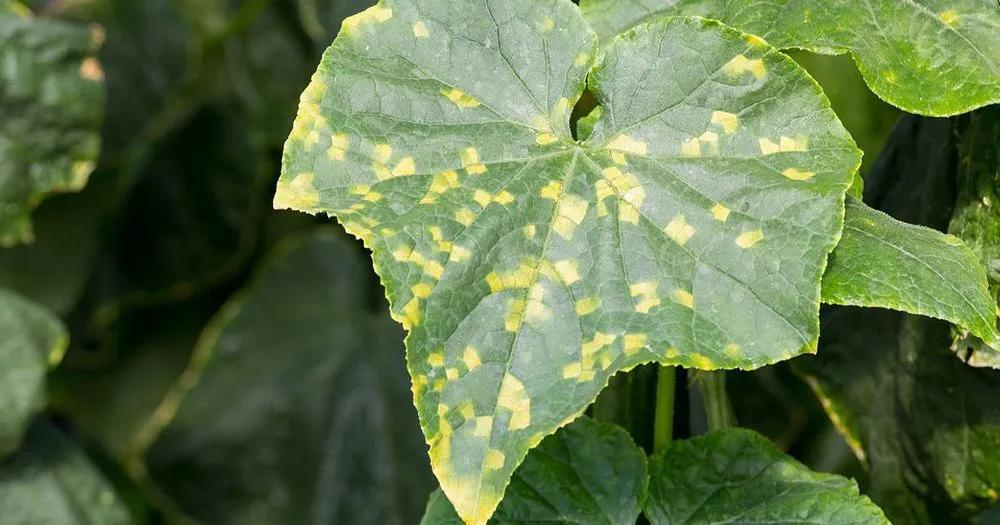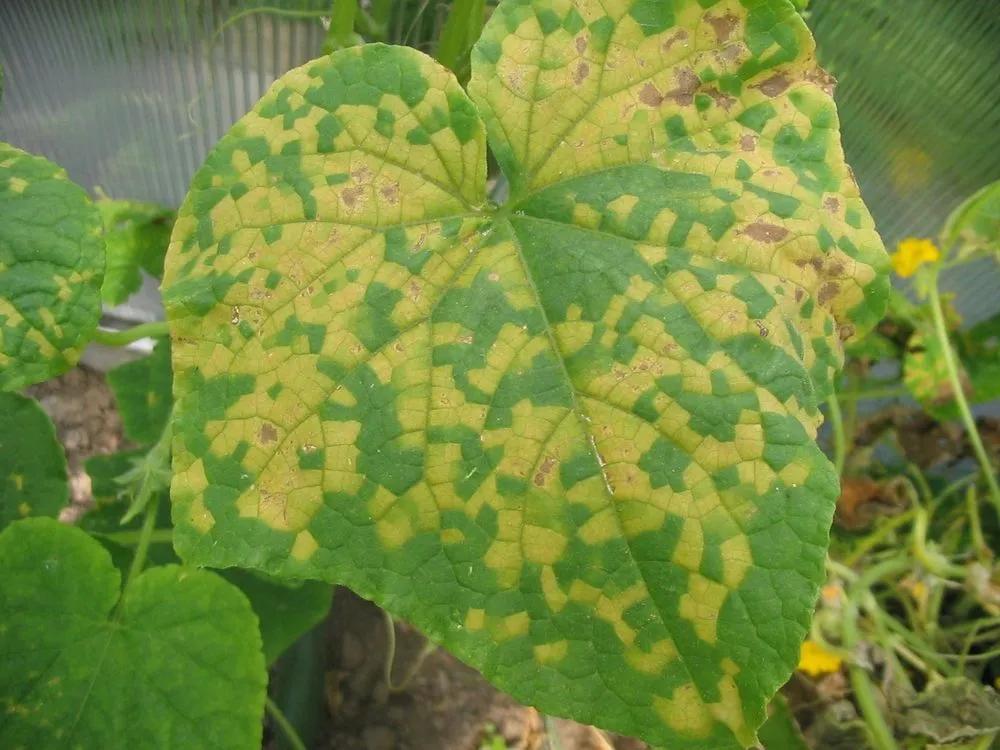Peronosporaceae is a family of water molds with around 600 species, which share some similarities with fungi. They’re mostly known as downy mildews since most species produce this disease. They are plant pathogens, with most preying on plants from the Magnoliids clade, and are considered parasites because they cannot survive without a host. Moreover, these molds possess specialized structures to penetrate the host’s tissues. Some of the most affected and targeted plants in agricultural practices are grapevines, tobacco, and lettuce. This often translates to high economic losses in crops and ornamental plants.
Peronosporaceae



Signs of damage
- Leaf bleaching. All the chlorophyll is stripped from the leaves, leaving them with a pale yellow to whiteish color.
- Wilting. Leaves will wilt, wither, and eventually die.
- Infections. Stems, flowers, and fruits will become infected.
- Seedling collapse.
- Dwarfism. Plants’ growth will be stunted, resulting in smaller, less developed plants.
How to prevent
Due to their similarities with fungi and their water-related nature, these molds will tightly link to the amount of moisture and humidity in the environment. Lack of moisture will cause inactivity, so controlling this factor is a great way to prevent its spread. This should be paired with good soil drainage and avoiding prolonged leaf wetness.
Besides this, improve airflow between plants, avoid planting in areas with recent infections and keep the areas clean and free of any dead or infected plants, even from other pathogens. Protectant fungicides can also be employed.
Heal
Healthy plants tend to recover fully if the damage is tackled as soon as possible. Chlorothalonil and mancozeb are usually the most effective fungicides for downy mildew but are considered to be more protective than healing. Neem oil is known for being a good way to keep downy mildew and other similar diseases under control.
Go Premium to continue reading
Also you’ll get unlimited access to disease identification and all the other beneficial features
More problems
